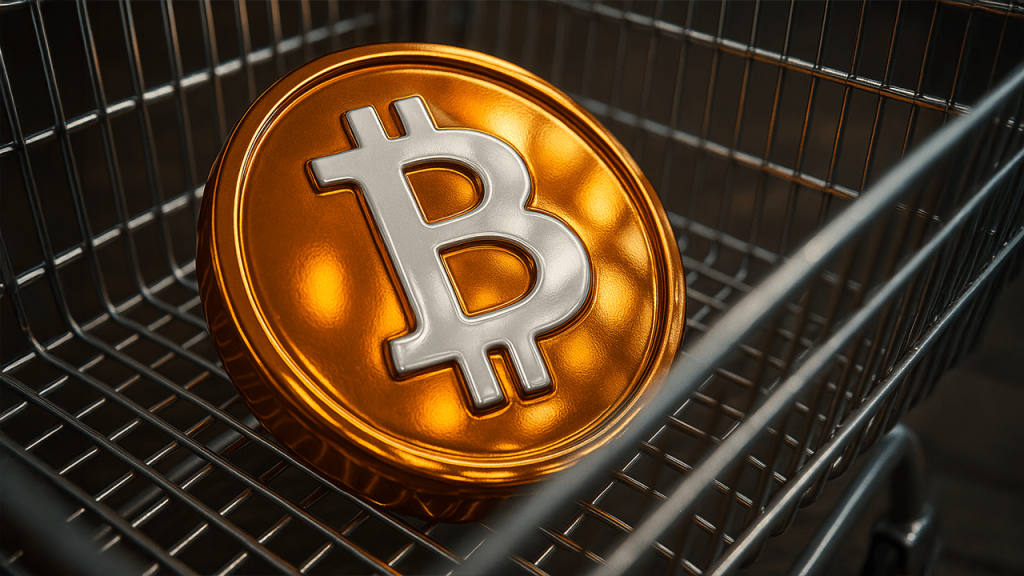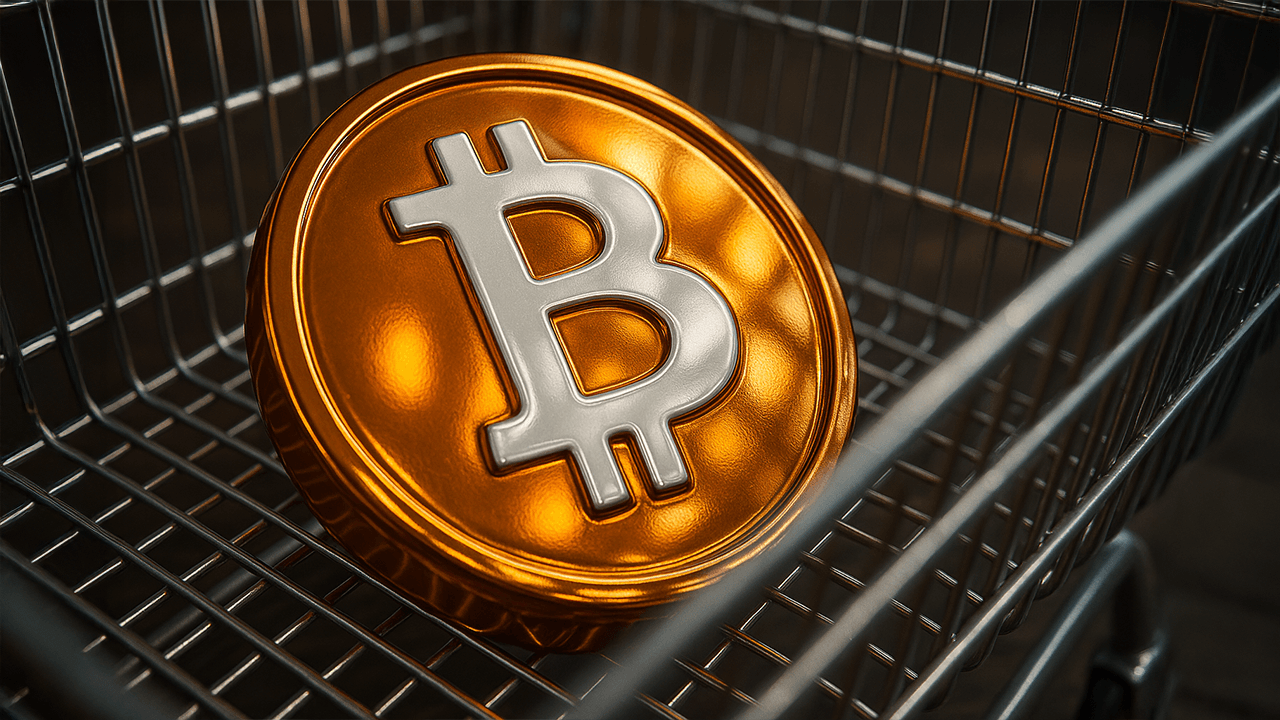
Decoding Galaxy Digital’s $9 Billion Bitcoin Blockbuster
The Whale’s Wake: Understanding the Transaction
The sale of 80,000 Bitcoin, valued at approximately $9 billion, by Galaxy Digital in July 2025, marked a pivotal moment in the cryptocurrency landscape. This transaction was not merely a large sale; it was a strategic move involving “vintage” Bitcoin from the early days of the cryptocurrency, linked to a Satoshi-era investor. The sheer scale of the sale, combined with the historical significance of the Bitcoin involved, sent shockwaves through the market, testing Bitcoin’s resilience and signaling a new era of institutional involvement.
The identity of the seller remains unknown, described only as a “Satoshi-era investor.” This individual was likely among the earliest adopters of Bitcoin, acquiring the coins during the cryptocurrency’s infancy between 2010 and 2011. The decision to sell such a substantial amount after holding it for over a decade could be attributed to various factors, including estate planning, diversification of assets, or simply realizing the immense profits accumulated over time. Regardless of the motive, the sale represents a significant turning point for this early Bitcoin pioneer and the broader market.
Market Resilience: Shrugging Off the $9 Billion Wave
One of the most surprising aspects of this event was the market’s reaction—or rather, the lack thereof. Contrary to expectations, the sale of 80,000 BTC did not trigger a significant price crash. Instead, Bitcoin’s price surged to $117,000 following the transaction, defying conventional wisdom and demonstrating remarkable market resilience.
Several factors contributed to this unexpected outcome. First, Galaxy Digital likely executed the sale strategically, using sophisticated trading techniques to minimize market impact. This could have involved breaking up the transaction into smaller chunks, using over-the-counter (OTC) desks, or employing algorithmic trading strategies to gradually offload the Bitcoin without causing panic.
Second, the market had matured significantly since the early days of Bitcoin. Increased liquidity, the proliferation of derivatives products, and the growing presence of institutional investors have all contributed to a more robust and stable market. This means that large sell orders are less likely to cause dramatic price swings compared to the past.
Finally, the positive sentiment surrounding Bitcoin at the time of the sale likely played a crucial role. Bullish signals, rising institutional adoption, and growing mainstream acceptance all contributed to a strong underlying demand for Bitcoin, which helped to absorb the massive sell order. The narrative that Bitcoin is a store of value, a hedge against inflation, and a legitimate asset class has gained traction, attracting a new wave of investors who are willing to buy the dips and hold for the long term.
Institutional Crypto Influence: A Paradigm Shift
Galaxy Digital’s $9 billion Bitcoin sale is more than just a large transaction; it’s a symbol of the growing institutionalization of the cryptocurrency market. The involvement of a firm like Galaxy Digital in facilitating such a significant sale underscores the increasing sophistication and maturity of the crypto ecosystem.
Institutional investors are no longer sitting on the sidelines; they are actively participating in the market, driving adoption, and shaping the future of Bitcoin. Their presence brings increased liquidity, stability, and credibility to the market, attracting even more institutional capital and further solidifying Bitcoin’s position as a mainstream asset.
This trend has profound implications for the future of Bitcoin. As institutional ownership increases, Bitcoin’s price is likely to become less volatile and more correlated with traditional financial assets. This could lead to increased regulatory scrutiny, but also greater acceptance and integration into the global financial system.
The Price Surge to $117K: A Glimpse into the Future?
The surge in Bitcoin’s price to $117,000 following the Galaxy Digital sale raises an intriguing question: Is this a glimpse into the future? While it’s impossible to predict the future with certainty, several factors suggest that Bitcoin’s long-term trajectory remains bullish.
The increasing scarcity of Bitcoin, with only 21 million coins ever to be mined, is a fundamental driver of its value. As demand continues to grow and supply dwindles, the price is likely to appreciate over time.
The ongoing adoption of Bitcoin by both individuals and institutions is another key factor. As more people recognize Bitcoin’s potential as a store of value and a medium of exchange, demand will continue to rise, pushing the price higher.
Finally, the macroeconomic environment, characterized by low interest rates, quantitative easing, and rising inflation, is creating a favorable backdrop for Bitcoin. As governments continue to debase their currencies, Bitcoin’s appeal as a scarce and decentralized alternative will only increase.
Estate Planning and Early Adopters: A Generational Shift
The fact that the seller was a “Satoshi-era investor” highlights a significant generational shift in the Bitcoin market. Many of the earliest adopters of Bitcoin are now reaching an age where estate planning becomes a priority. This could lead to more large-scale Bitcoin sales in the future as early investors seek to diversify their holdings and pass on their wealth to the next generation.
This generational shift presents both challenges and opportunities for the Bitcoin market. On the one hand, it could lead to increased selling pressure as early investors liquidate their holdings. On the other hand, it could create opportunities for new investors to acquire Bitcoin at potentially attractive prices.
Conclusion: A Maturing Ecosystem
Galaxy Digital’s $9 billion Bitcoin sale is a watershed moment in the history of cryptocurrency. It demonstrates the resilience of the Bitcoin market, the growing influence of institutional investors, and the ongoing maturation of the crypto ecosystem. While the identity of the “Satoshi-era investor” may remain a mystery, their decision to sell such a substantial amount of Bitcoin has provided valuable insights into the evolving dynamics of the market. The surge in Bitcoin’s price to $117,000 following the sale suggests that the long-term outlook for Bitcoin remains bright, with increasing scarcity, growing adoption, and a favorable macroeconomic environment all contributing to its potential upside. The market absorbed the sale calmly, a testament to the underlying strength and maturity that now characterizes Bitcoin. The future of Bitcoin is not just digital; it’s institutional, integrated, and increasingly inevitable.





